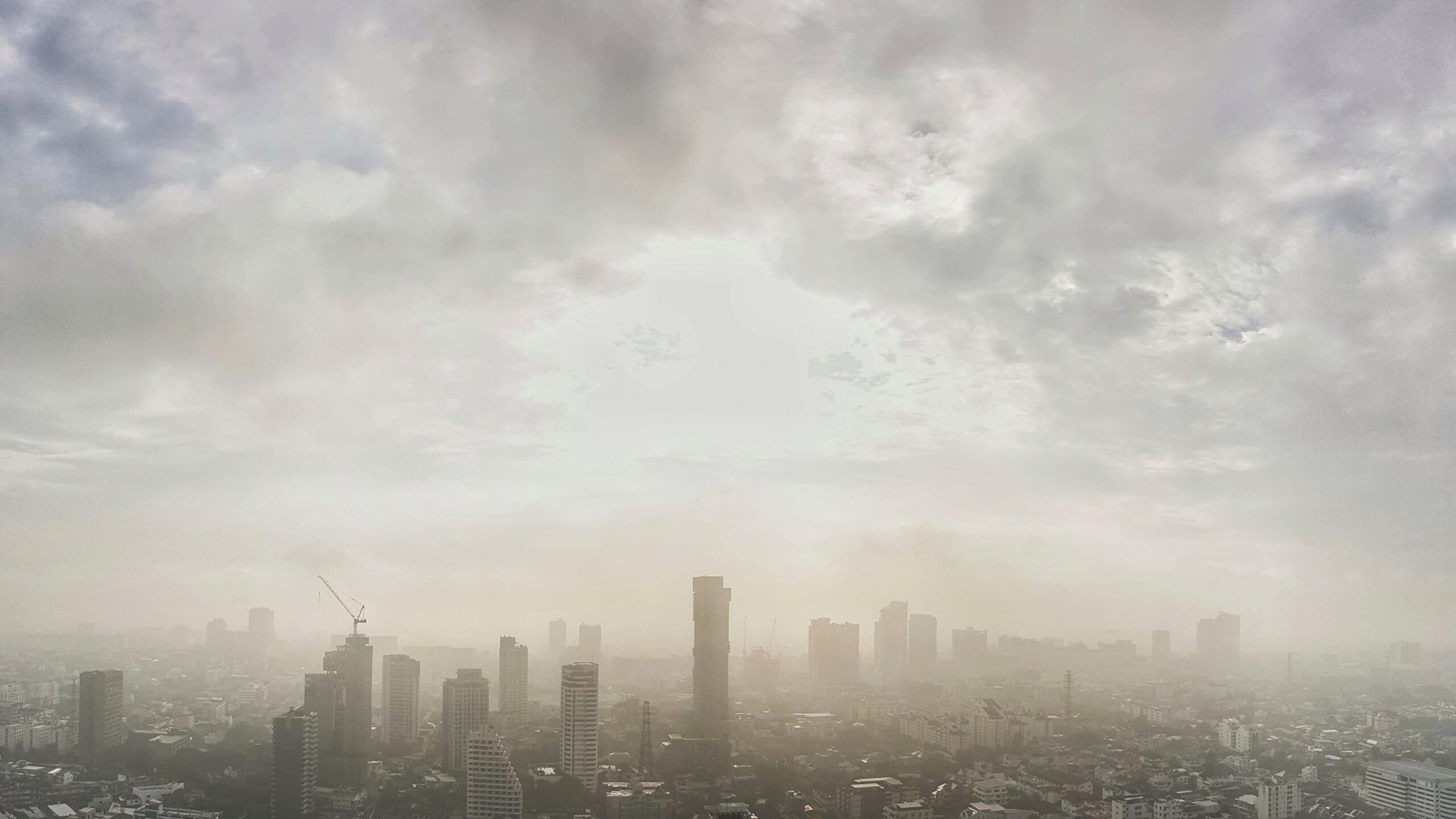In the Dallas-Fort Worth area, much like the rest of the United States, summer temperatures are peaking. With July and August historically the hottest months of the year, there’s a growing indoor air quality concern among experts. In particular, how high summer temperatures and smog will produce lots of ground-level ozone pollution. Across the country, it’s a similar story.
Melanie Sattler, a professor of civil engineering at the University of Texas at Arlington, believes residents of hot summer areas should be concerned. Specifically, when temperatures are above 85 degrees. “If temperatures are below 85 degrees Fahrenheit, then we don’t form significant ozone,” said Sattler in a Dallas Morning News article. “The higher the temperature above 85 degrees, the more likely you are to form high levels of ozone.”
Smog and ozone is a big issue in hot regions across the country for two reasons. First, you have high emission levels of nitrogen oxides from transportation. Second, volatile organic compounds from a plethora of sources, including fuels, pesticides and automotive products are present in the air. When coupled with high heat, the resulting ground-level ozone poses a threat to multiple groups of people.
At one site in Texas, a worker walked directly into an invisible methane plume unprotected. Methane contributes to ground-level ozone, which, if inhaled, can cause asthma and other health problems. https://t.co/mAbnztk9Du pic.twitter.com/xZSK4CcKCx
— The New York Times (@nytimes) December 12, 2019
Health Risks From Summer Heat and Smog
Several groups of people are at a higher risk from summer ozone exposure. Namely the young, active adults and those with respiratory illnesses. Children and young adults are typically the most active outdoors during summertime, and 40% more likely to suffer respiratory problems on high ozone days. Active adults have a higher level of exposure due to more time spent being active outdoors, be it work or play. And for people with respiratory diseases, they simply have a higher sensitivity to ozone exposure.
As #Summer begins, be aware of air quality conditions before engaging in outdoor activities. Ground-level ozone reaches high levels during summer months and can lead to respiratory issues, fatigue, and reduced resistance to infection. #AirPollution #AirQuality #AQI pic.twitter.com/x2ab5qy7nW
— Sac Metro Air District (@AQMD) June 21, 2021
When ozone levels are high due to summer heat and smog, limiting time outdoors is crucial to stay healthy. Especially for the more vulnerable groups of people most sensitive to air pollution.
Check Your Local Ozone Levels
Fortunately, there are many ways to check for ozone alerts and local air pollution levels. Most smartphones provide nearby air quality ratings on the weather app. Your local radio station and news outlet will also cover air quality when covering the weather. Lastly, you can head over to the Environmental Protection Agency’s air quality site, AirNow.
Alternatively, check out this article for indoor air quality solutions, like mechanical ventilation, which can help you breathe cleaner air indoors. It does so by drawing and filtering fresh outdoor air in while simultaneously exhausting stale air out, limiting the impact ozone and outdoor pollutants has on your indoor space.




